10 types of light and dimmer switches – how to pick the one that's best for your room, project and home
Learn what each does the requirements for installing or using
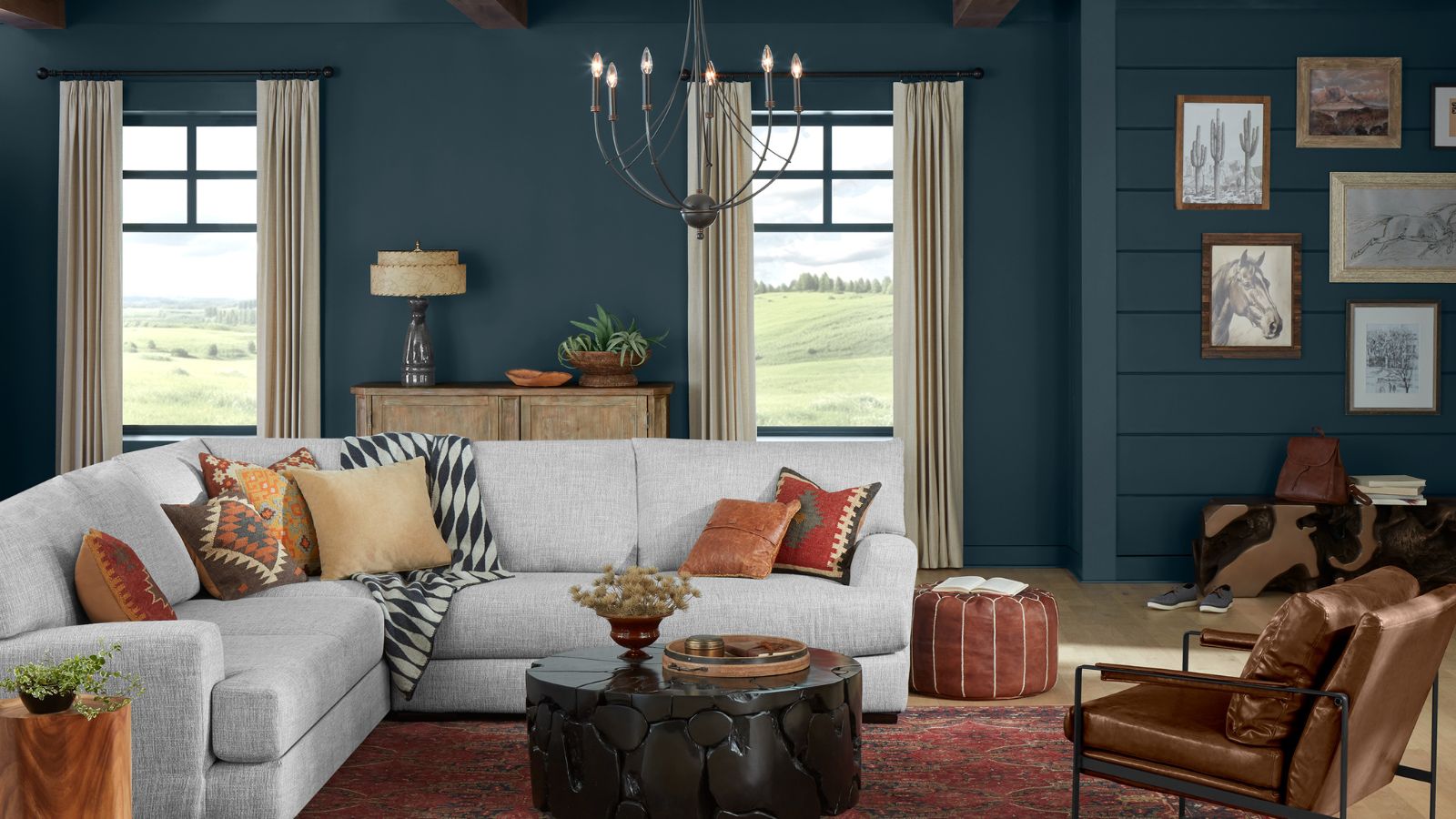

It might seem easy taking control of the lighting in your home. You flip a switch and the light goes on or off. But there are so many different types and styles of light switch and dimmer that it's not always simple choosing what you need.
Whatever lighting ideas you have for your home, picking the right kind of switch or dimmer will get the best out of your lighting, our home maintenance and lighting pros say.
Our guide delves into the 10 types of light switches and dimmers, their functions and how to pick the best suited for your room lighting idea.
Light switches and dimmers: Types and styles
The type refers to the function they perform, while the style refers to what they look like and how they operate the light switch. Here we cover both bases to help you understand what will work well in your home, whether it's a living room lighting idea upgrade, or a lighting trend you're looking to enjoy.
1. Single pole switches
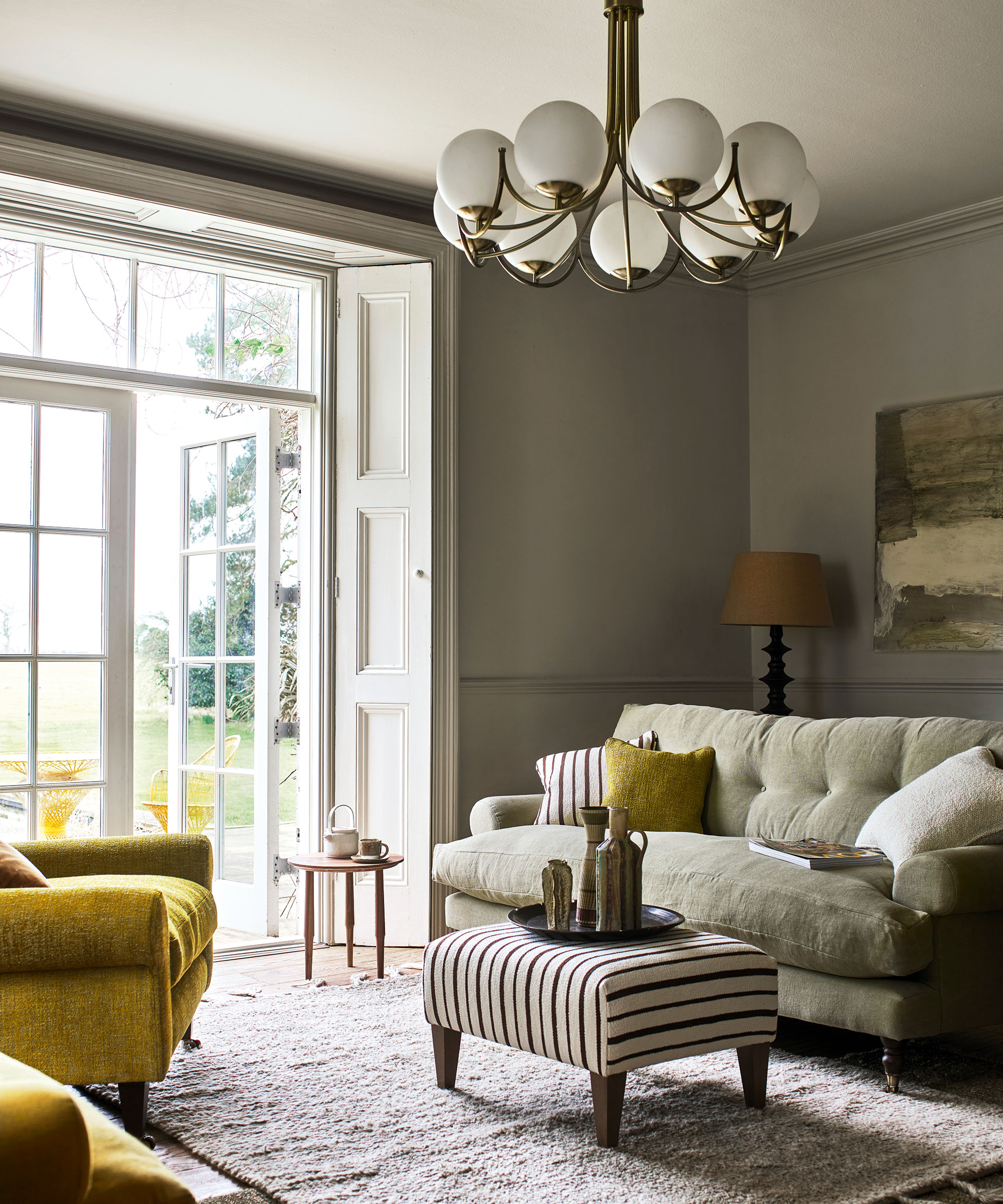
When you look around your home, this is typically the switch you will find as Dara Greaney, Founder and CEO of LEDLightExpert.com succinctly explains, ‘Single pole is the standard and all you need for 90% of home switches.’
But how do they work? Ben Kolo, owner of Mr. Electric of Central Iowa reveals their purpose, ‘Single-pole switches control one light or fixture from a single location. They are the most basic switch with an on/off function.’
Tim Hodnicki, President of Electrical Experts reinforces the point with a concise answer, ‘It’s a one-way switch; one lamp and one switch.’
All prices correct at time of publication.
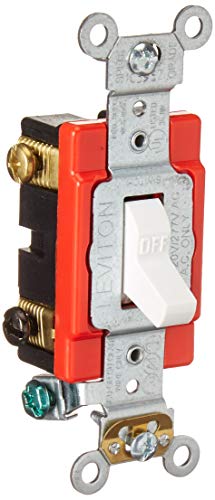
Recommended by Tim Hodnicki from Electrical Experts, this is a heavy duty, well-built classic, single-pole switch with a fully enclosed switch mechanism for strength and durability.
2. Double pole switches
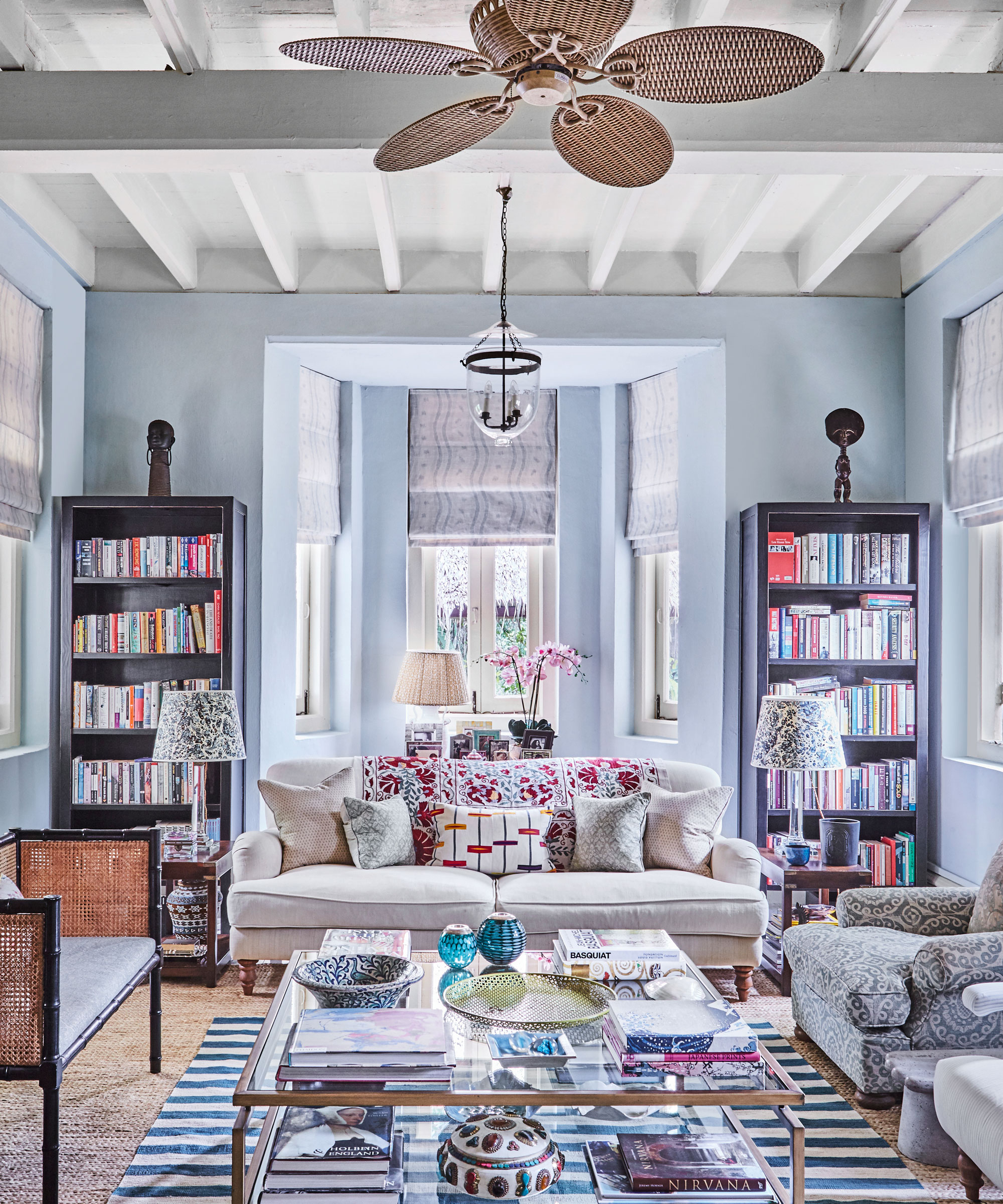
Double-pole switches are not as common as the single pole, but they are still regularly used in the home. Kolo gives a brief description of the difference, explaining, ‘Double-pole switches control 240-volt circuits for use with appliances like electric heaters, refrigerators, and dryers.’ He adds, ‘They have two sets of contacts for switching.’
These are used because they can cope with higher power loads than single-pole switches, which are typically used on 120-volt circuits.
You might often find these in rooms with fan-light combinations. If you're interested in fitting a retro ceiling fan to add a vintage touch to your bedroom lighting ideas, this would be a good switch option to consider.
3. Three-way/Four-way switches

These are more specialist switches and are typically used to give you more control over lighting in the home as Kolo explains, ‘Three-way switches allow for control of a light from two locations.’ A double toggle switch like this Leviton Duplex Style Single-Pole/3-Way Combination Switch from Amazon, offers classic looks, simple operation and easy installation.
A typical example of this is shared by Hodnicki, ‘They are commonly used in hallways or staircases where you want the option to turn lights on or off from both ends.’ Greaney suggests another quick use that can help when working on how to plan kitchen lighting, ‘They can be placed at two entrances to the kitchen.’ This gives access to more lighting options wherever they are needed.
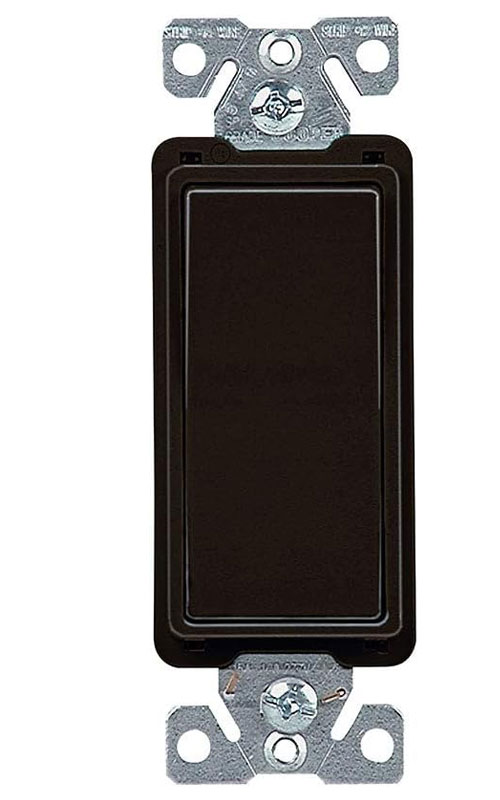
A four-way switch in one single rocker switch that offers a slick space-saving design and easy installation.
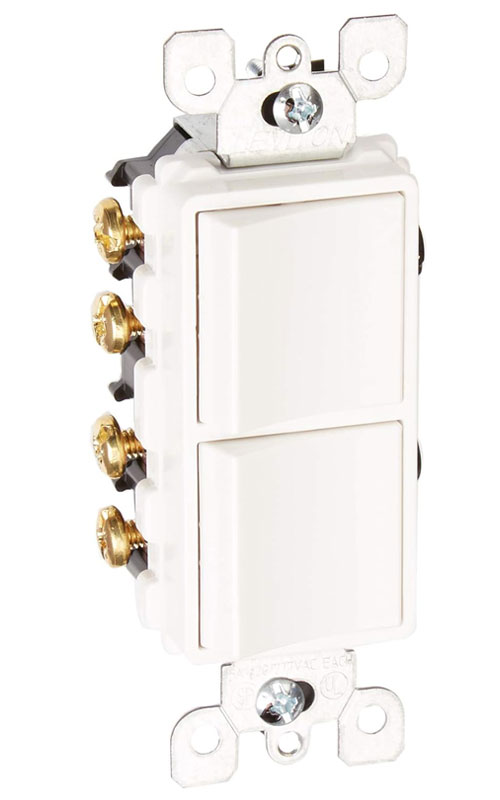
A classic three-way combination switch that uses two small rocker switches to control lighting from multiple locations.
4. Dimmer switches
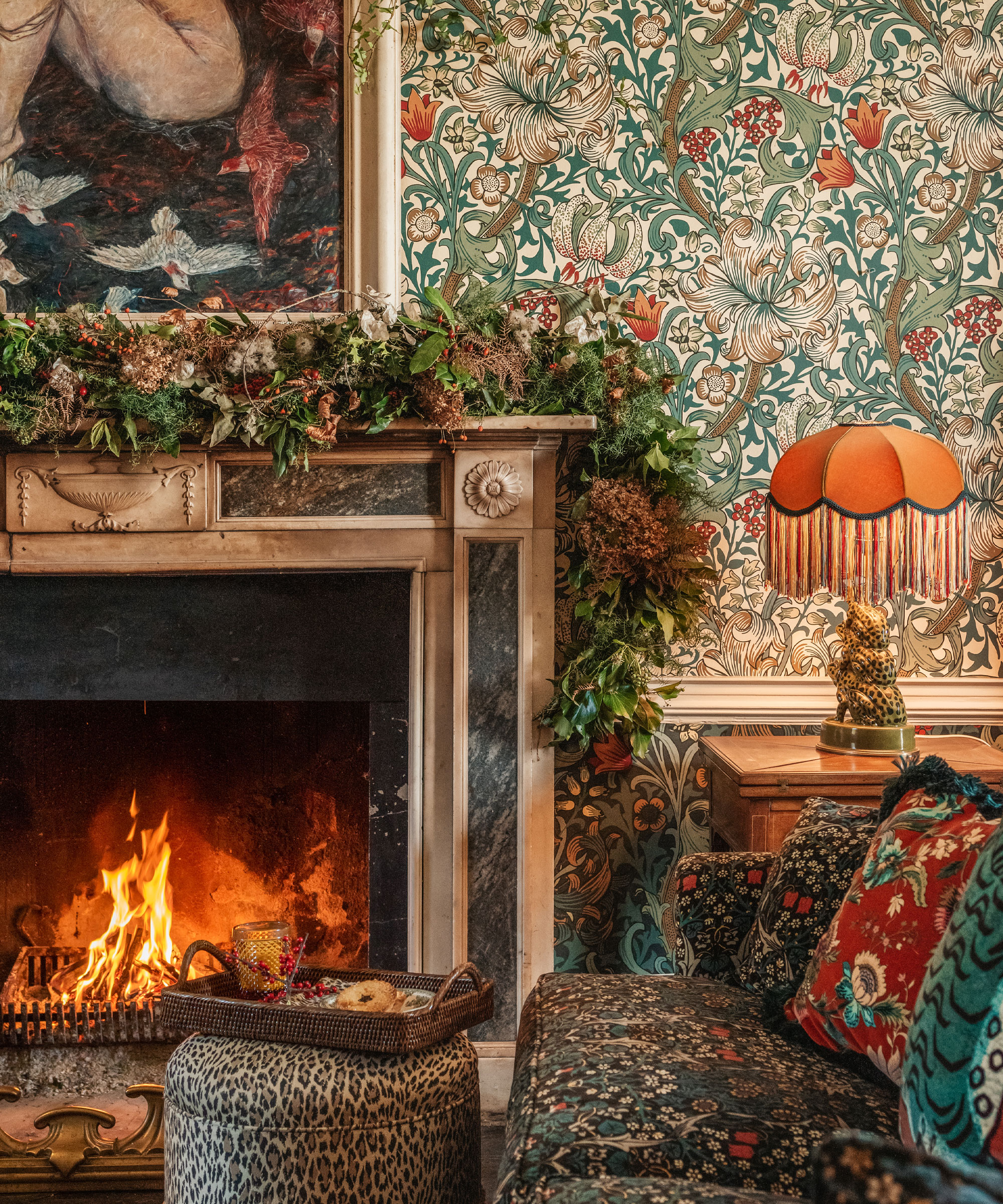
If you want to quickly add ambience and atmosphere to a room, a dimmer switch is just the ticket, allowing you to run your lights as bright or as low as you desire. Kolo explains, ‘Dimmer switches use a variable resistor to control light intensity. They adjust the brightness of a light.’
You will need to make sure your bulbs are dimmer-compatible.
A simple rotary dimmer switch such as the Leviton Trimatron Rotary Dimmer Switch from Amazon is the ideal choice for halogen and incandescent bulbs. Easy to use and install.
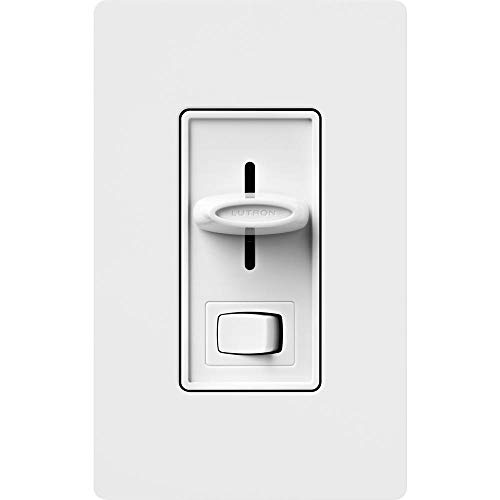
A double function dimmer switch boasting a small rocker switch to switch on or off at desired light level. The simple slider allows precise and quick control of light. Compatible with dimmable LED, Incandescent and Halogen bulbs.
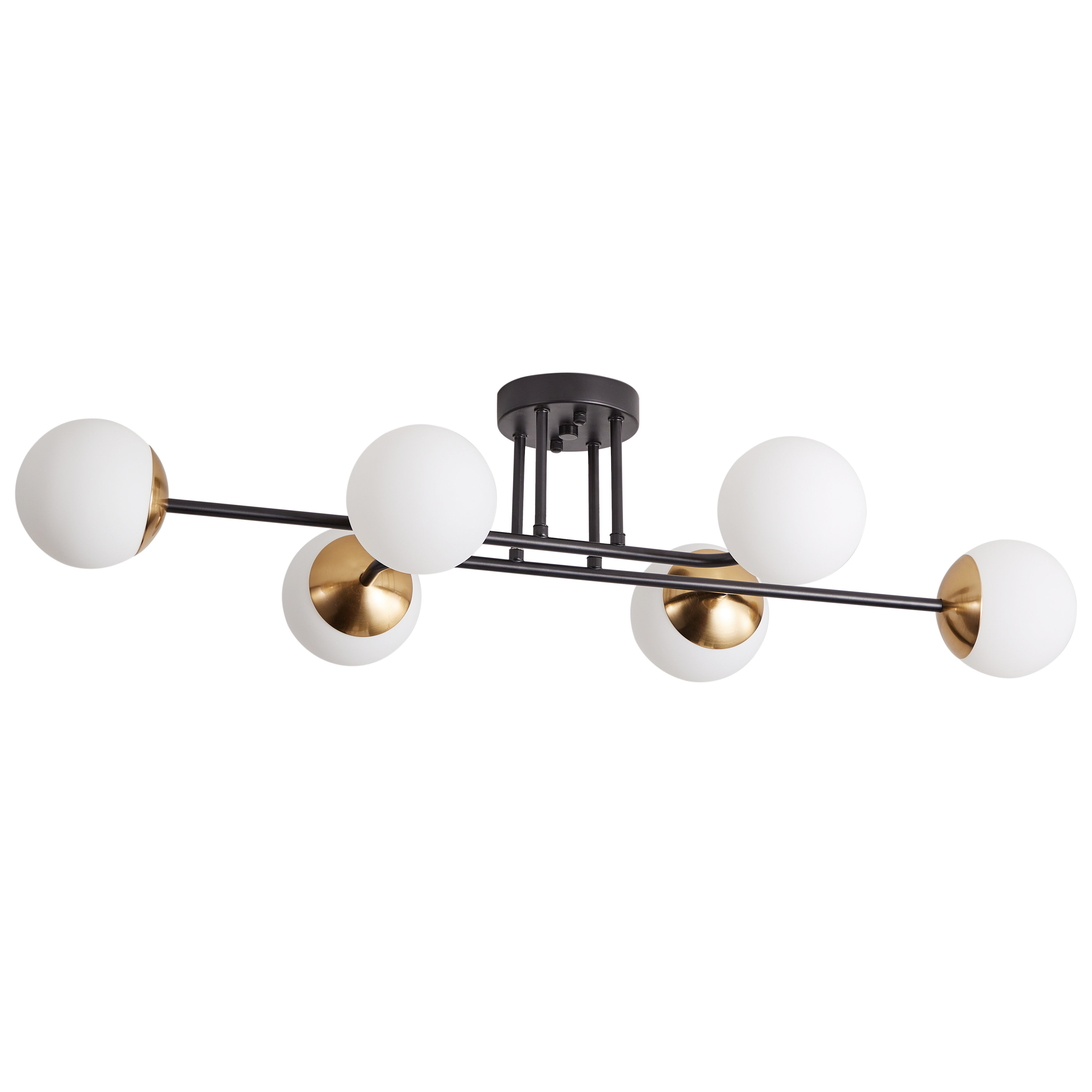
This ceiling lighting fixture is compatible for dimmer lighting and would work great in a kitchen or dining area, or as a lighting feature above an island. If you have a sloped ceiling, this can be adapted for the angle you need.
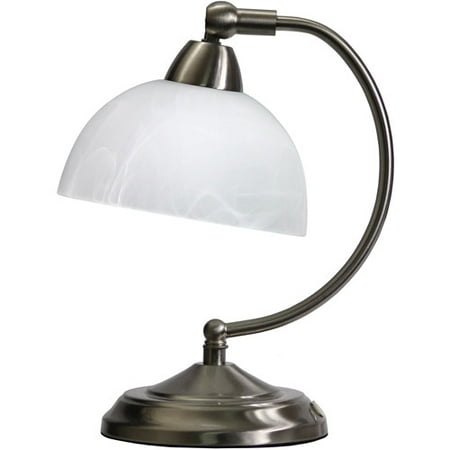
This classic brushed nickel desk lamp has a dimmable base. If you like the idea of adjustable lighting but don't want to switch out your electrical hardware, a self-contained dimmer lamp like this will add some mood lighting at great value.
5. Smart switches
Smart switches bring additional functionality to your space. Hodnicki explains, 'Smart switches operate using Wi-Fi connectivity and mobile apps. When you install a smart switch, it connects to your home network.’ He adds, ‘This allows you to control your home lighting remotely using a smartphone, tablet, or voice commands through smart home assistants like Amazon Alexa or Google Assistant.'
These switches also offer other smart lighting benefits, such as lighting automation when integrated into smart home ecosystems as Hodnicki explains, ‘You can link lights to motion sensors or adjust them based on other triggers.’
This is a brilliant bit of technology to embrace and one of the best security measures to have operating when you're away on vacation.

A clean, simple design makes the Deako Smart Switch look great in any home. But it is the easy installation that I like. With a Deako backplate in place, it's simply a matter of plugging in a new switch when you want. And you don't need a hub, making it easy to set up.
6. Toggle switch
This is one of the most common switch styles found in the home as Hodnicki reveals, ‘It's the most recognizable switch style and has been widely used in homes for decades.’
And there’s nothing complicated about its operation as Kolo shares, ‘It flips up and down to turn lights on and off.’ That’s it. Simple but effective and one of the cheaper options. There are many styles of wall plates you can pick to match your room's aesthetic

This tumbled antique brass finish wall plate scores an impressive 4.8/5 from happy shoppers. A decorative edge will give a smart and organized look to your kitchen, bedroom, and living room. Available as double switches, rocker switches and single duplex plug plates to match around the home.
7. Rocker switch
These perform the same function as a toggle switch but are designed differently as Kolo explains, ‘Rocker switches are flat and wide, they have a larger surface to touch and they rock back and forth,’ This action turns the light on or off.
Hodnicki recommends using the GE Paddle Rocker Light Switch Single Pole Switch. He adds, ‘It’s very cost effective and easy to install.’
8. Push-Button switch
There’s a clue in the name, push button switches are controlled by pushing a button. This toggles between switching on and off.
Hodnicki reveals, ‘They were popular in older homes and are sometimes used today for a vintage look. He adds, ‘Modern versions can add a unique touch to a space.’
Choose a push button switch like this Classic Accents Single Pole Antique Reproduction Push Button Light Switch from Amazon and combine with a vintage wall plate.
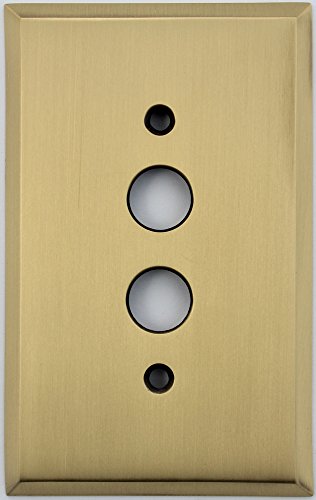
Add the vintage look to your home with the classic antique wall plate made to work with push button switches. Made from solid forged brass it boasts a gorgeous antique brass/satin finish, and lacquer coated to protect the finish.
9. Dimmer switch styles
All dimmer switches perform the same task, but are not the same reveals Hodnicki, ‘The most commonly used is an LED dimmer due to the popularity of LED lighting, which is now the standard in energy efficiency and lighting design.’ He adds, ‘LED-compatible dimmers prevent flickering and ensure smooth operation.’
But dimmers switches are not just paired up with LED lights. They can be used with Incandescent/Halogen bulbs as Hodnicki explains, 'This is the most basic type of dimmer switch. It controls the voltage delivered to the bulb, allowing you to adjust the brightness.’
Other options include a plug-in dimmer, which offers a quick and simple solution as Hodnicki shares, ‘It doesn’t require any installation. You plug it into an outlet, and it controls lamps or other plug-in lighting fixtures.’
Slide dimmers use a slider control that allows you to adjust the brightness smoothly, often combined with a small switch to turn the light on or off.
Finally, there’s the 'old school' rotary dimmer. Hodnicki says, ‘This older style uses a knob that you turn to adjust the light intensity. Some models also include a push-button function to turn the light on or off.’

For a highly reliable and popular option, Hodnicki recommends this Lutron smart switch. It works with a variety of bulb types, including LEDs. It connects with most leading smart home devices, including Alexa, Apple Home, Google Assistant, Ring, Serena shades, and Sonos.
10. Smart switch styles
Smart switches are often part of a smart home system and commonly control both the power state (on/off) and brightness of your lights through an app or voice command. Style wise they look very much like a rocker or toggle switch and are a smart home must have.
But there are variations on smart switch styles, such as Smart Z-Wave or Zigbee switches. These support more devices and often have multiple buttons to correspond with different devices. Hodnicki explains what's needed to use them, ‘These require a compatible hub (like SmartThings) to connect to your home network. They often offer more reliable connections and can integrate with a wider range of smart devices.’
Smart timer switches come in various styles, often with a round button type dial and can be programmed to turn lights on or off at specific times. Hodnicki says they are ‘perfect for automating lighting in and around your home’.
Finally, there’s smart touch switches, which typically operate by touching a smooth panel. Hodnicki says, ‘These are convenient, and many models come with dimming features.'

Recommended by Tim Hodnicki of Electrical Experts, this easy to install smart light switch boasts a rocker style switch and can be controlled from anywhere via an app. Plus it offers voice control via Amazon Alexa or Google Assistant and scheduling so you can choose when the light comes on and goes off.
Make the most of your switches with our 9 lighting rules for atmosphere and 10 living room lighting mistakes to avoid guides. And while you are here, make sure to check out our best lightbulbs guide to help create the right mood and atmosphere.
Sign up to the Homes & Gardens newsletter
Design expertise in your inbox – from inspiring decorating ideas and beautiful celebrity homes to practical gardening advice and shopping round-ups.

Steve has been a homes writer and editor for two decades, regularly contributing to brands like Homebuilding & Renovating Magazine. He is an avid DIYer with over 20 years of experience transforming and renovating homes. He specializes in painting and decorating but has strong all-around building skills, having worked in the industry for ten years.
-
 Charli XCX's dining room is a 'treasure-trove' of one-of-a-kind pieces – it's the most unique hosting space I've ever seen (and surprisingly replicable)
Charli XCX's dining room is a 'treasure-trove' of one-of-a-kind pieces – it's the most unique hosting space I've ever seen (and surprisingly replicable)The singer's Tudor-style dining room features eclectic furnishings, a mix of patterns and bright colors that all work together beautifully
By Hannah Ziegler Published
-
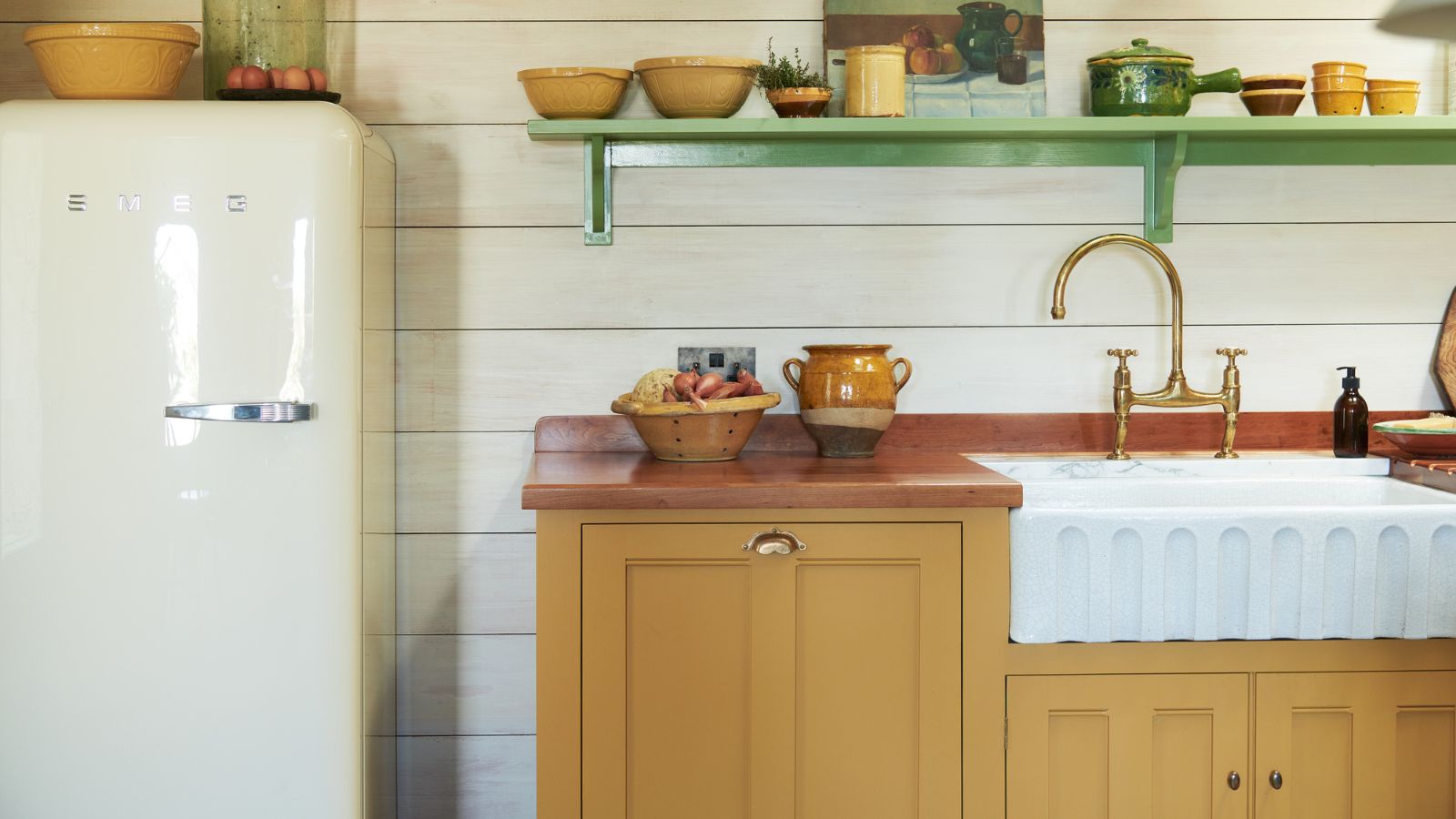 The 5 worst things you can do to your fridge – these will drive up energy costs and result in pricey and regrettable repairs
The 5 worst things you can do to your fridge – these will drive up energy costs and result in pricey and regrettable repairsIt's crucial to swerve these blunders, appliance experts warn
By Ottilie Blackhall Published
-
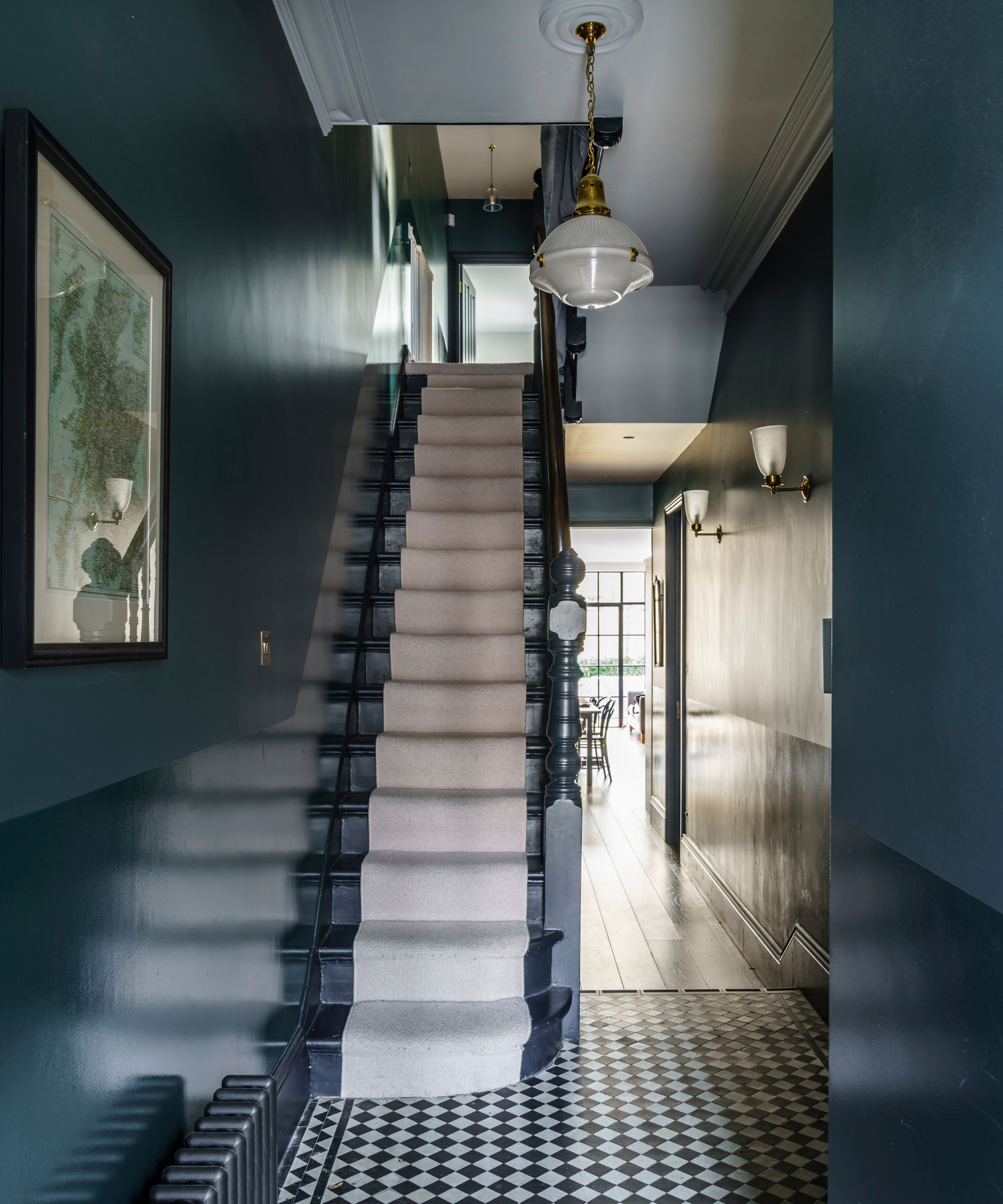 5 beautiful and impactful home improvement projects you can DIY this weekend for under $200 – you don't have to spend big to make a statement
5 beautiful and impactful home improvement projects you can DIY this weekend for under $200 – you don't have to spend big to make a statementFrom painting your fireplace to redecorating your door, little changes can transform and refresh your space
By Ottilie Blackhall Published
-
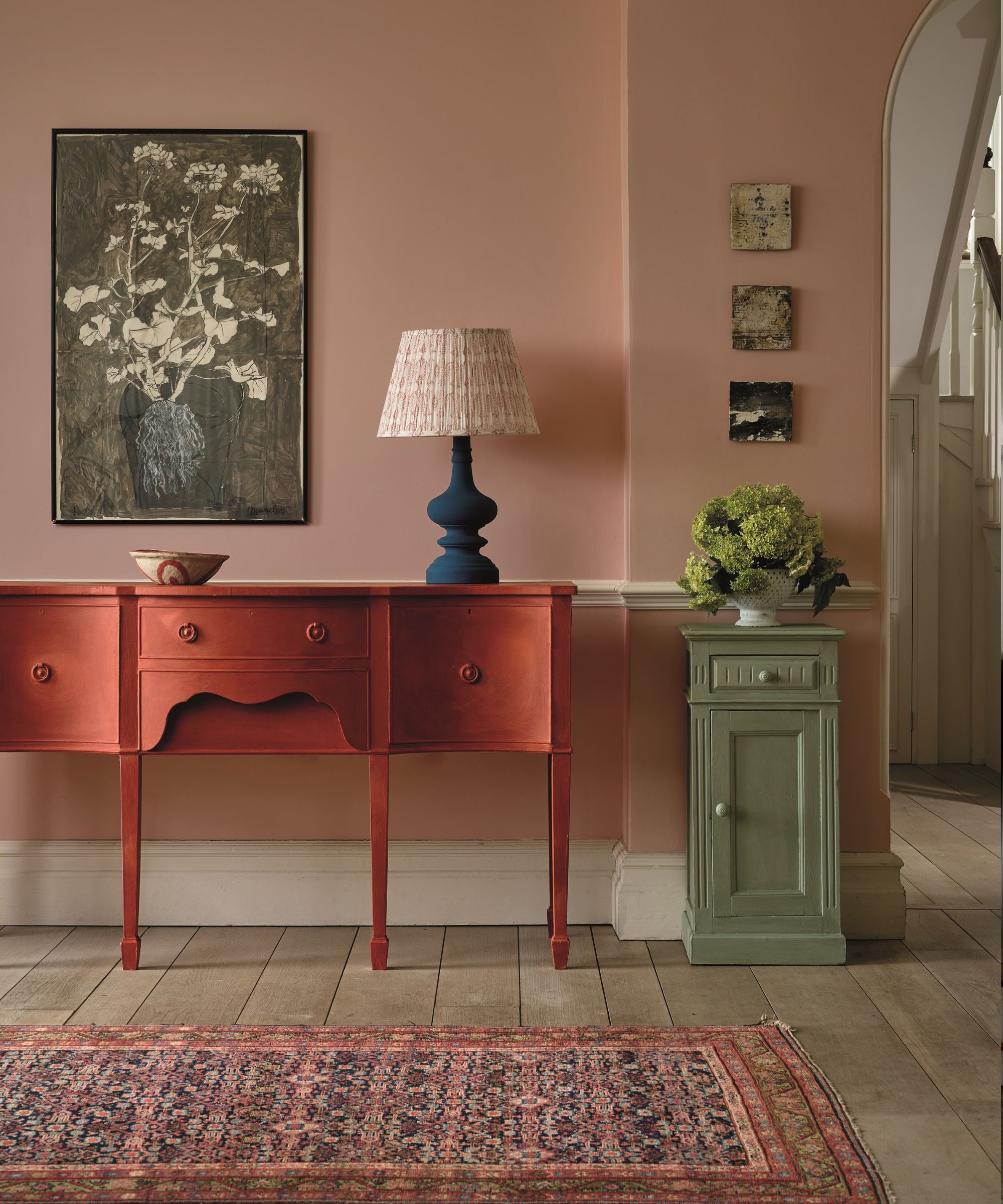 How to paint over stained wood – 6 simple steps expert painters swear by for even, lasting finishes
How to paint over stained wood – 6 simple steps expert painters swear by for even, lasting finishesSkipping even one step will result in chipping paint, experts warn
By Natasha Brinsmead Published
-
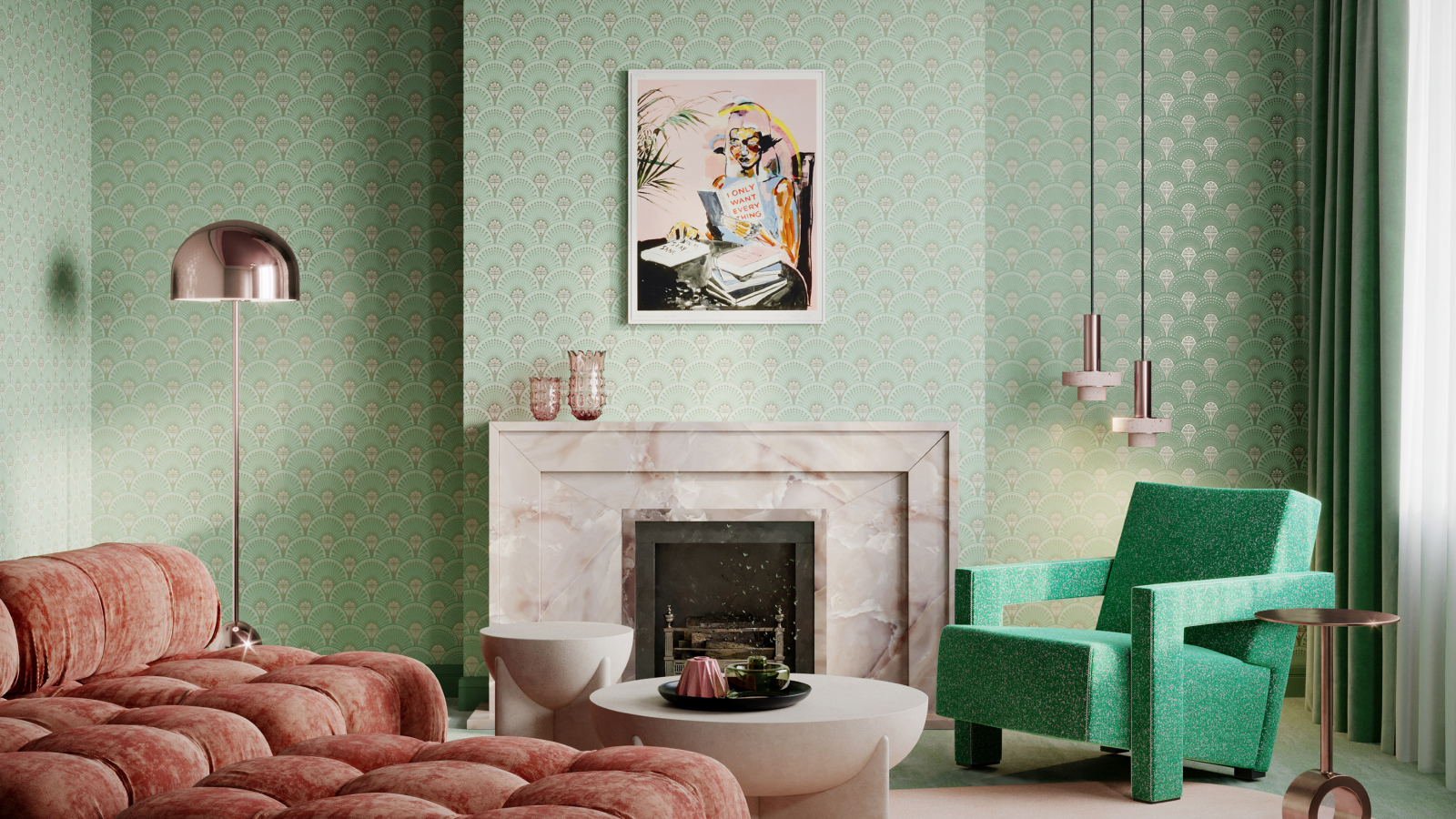 Can you put wallpaper on textured walls? Experts reveal it is indeed possible with this vital step
Can you put wallpaper on textured walls? Experts reveal it is indeed possible with this vital stepPrep, prep and prep some more for wallpapering success
By Sophie Warren-Smith Published
-
 8 helpful ways to re-purpose old pillows – from making handy garden kneelers and draft excluders, to cozy pet beds
8 helpful ways to re-purpose old pillows – from making handy garden kneelers and draft excluders, to cozy pet bedsSustainability experts say these bulky items don't have to go to waste
By Sophie Warren-Smith Published
-
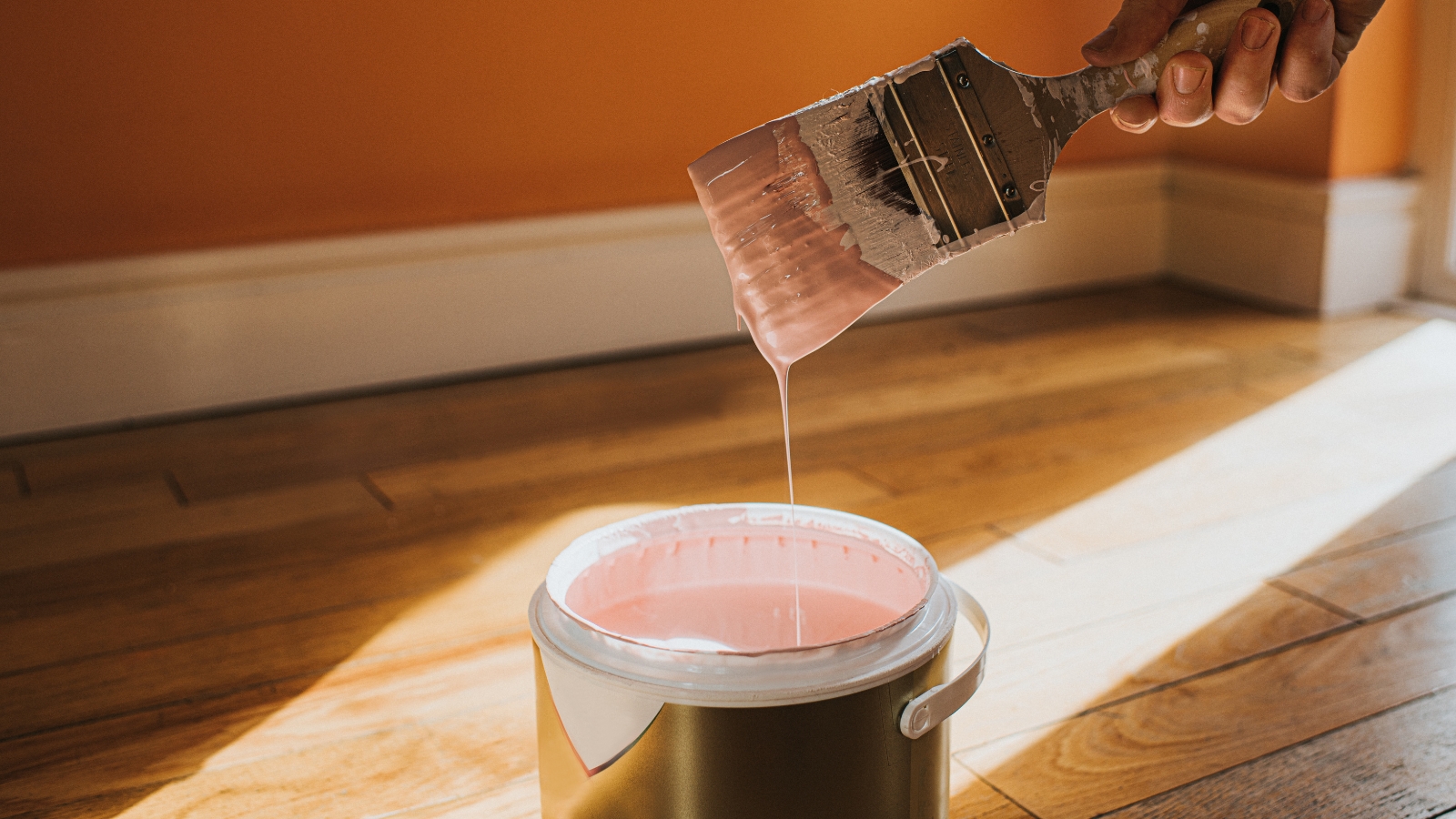 7 practical things you can do with leftover paint around your home including protecting outdoor furniture, tinting cement and creating touch-up kits
7 practical things you can do with leftover paint around your home including protecting outdoor furniture, tinting cement and creating touch-up kitsPro tips to make the most of those extra supplies
By Andy van Terheyden Published
-
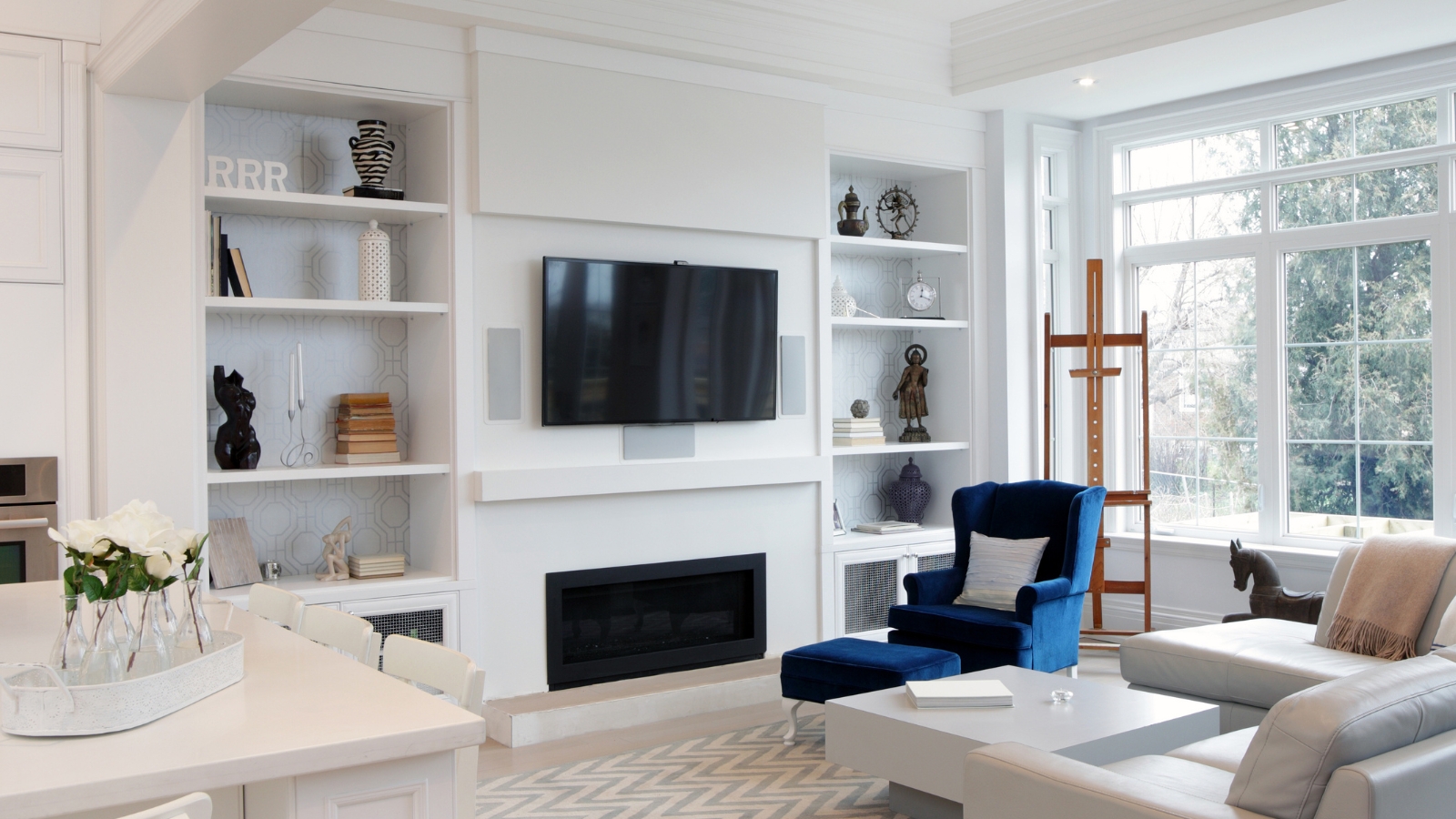 Construction pros reveal the 6 mistakes to avoid when hanging drywall for perfect walls and ceilings
Construction pros reveal the 6 mistakes to avoid when hanging drywall for perfect walls and ceilingsThey see these all the time
By Natasha Brinsmead Published
-
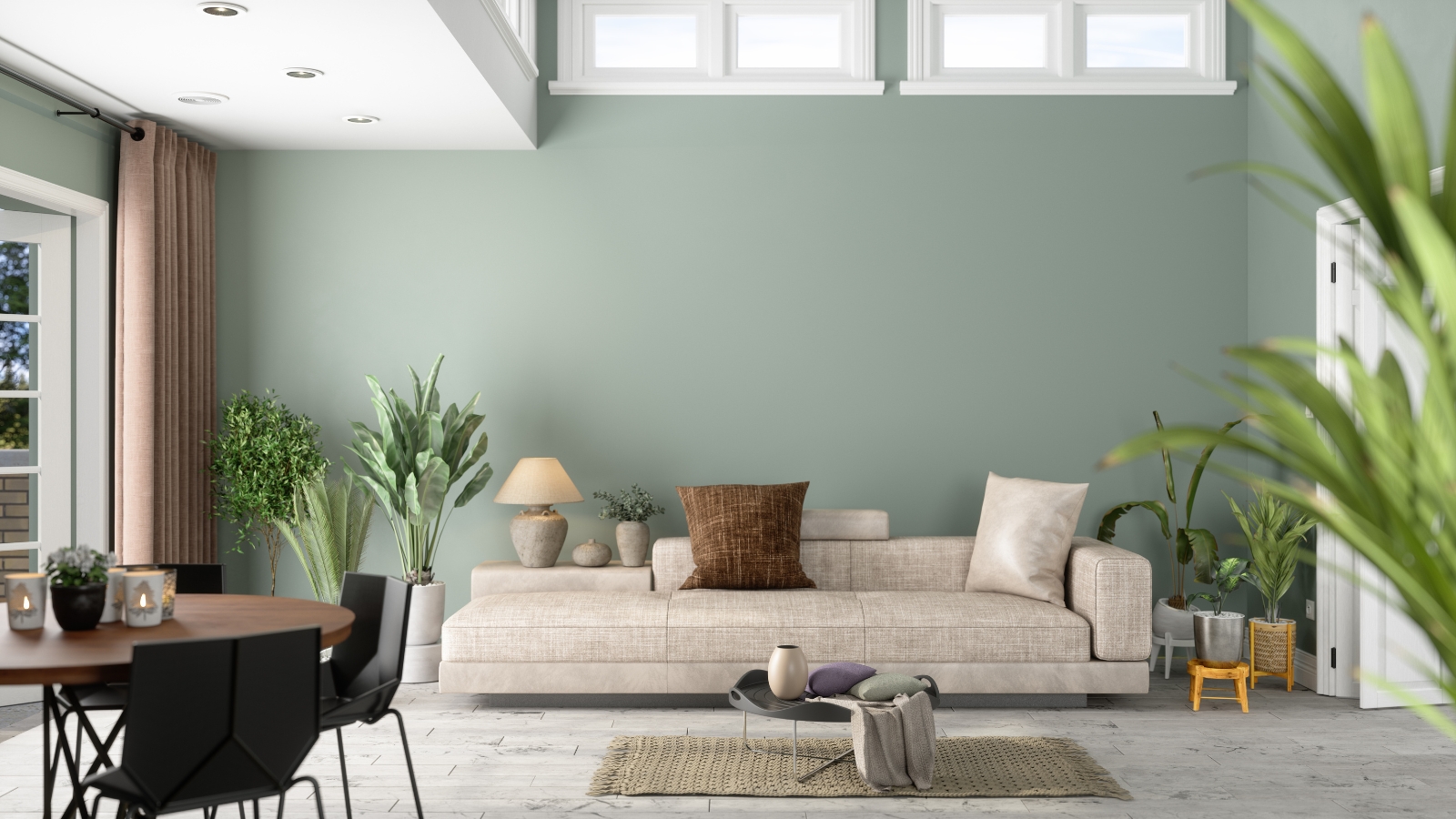 Why is my wall paint bubbling? Decorators reveal why it happens and how you can fix it
Why is my wall paint bubbling? Decorators reveal why it happens and how you can fix itBubbles look unsightly and might indicate a more serious problem
By Ottilie Blackhall Published
-
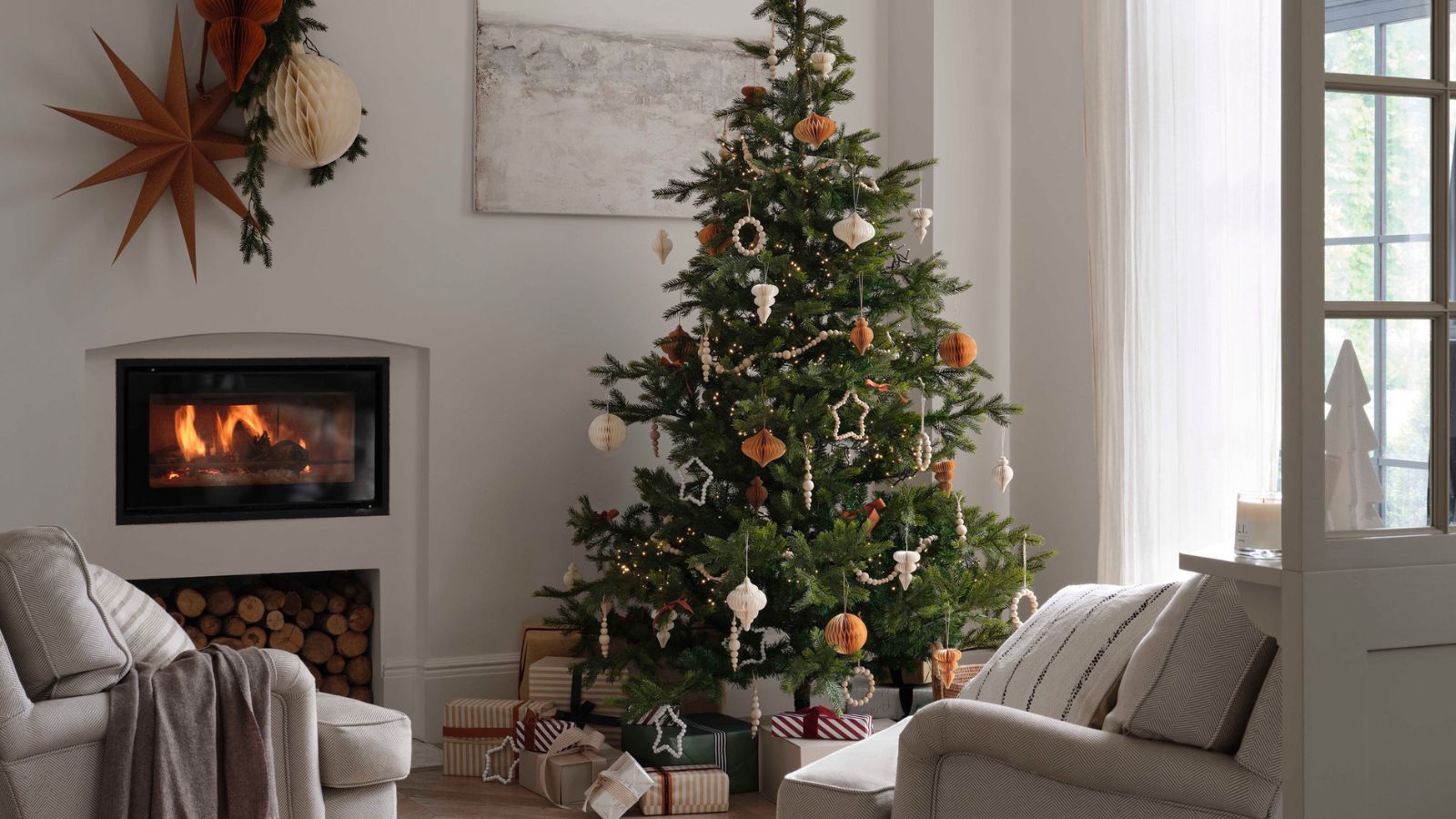 Christmas decorating stalled by missing tools and essentials? These 6 festive DIY job must-haves will get your delayed tasks back on track
Christmas decorating stalled by missing tools and essentials? These 6 festive DIY job must-haves will get your delayed tasks back on trackGet your holiday decorating going again with our Christmas first-aid kit
By Chiana Dickson Published